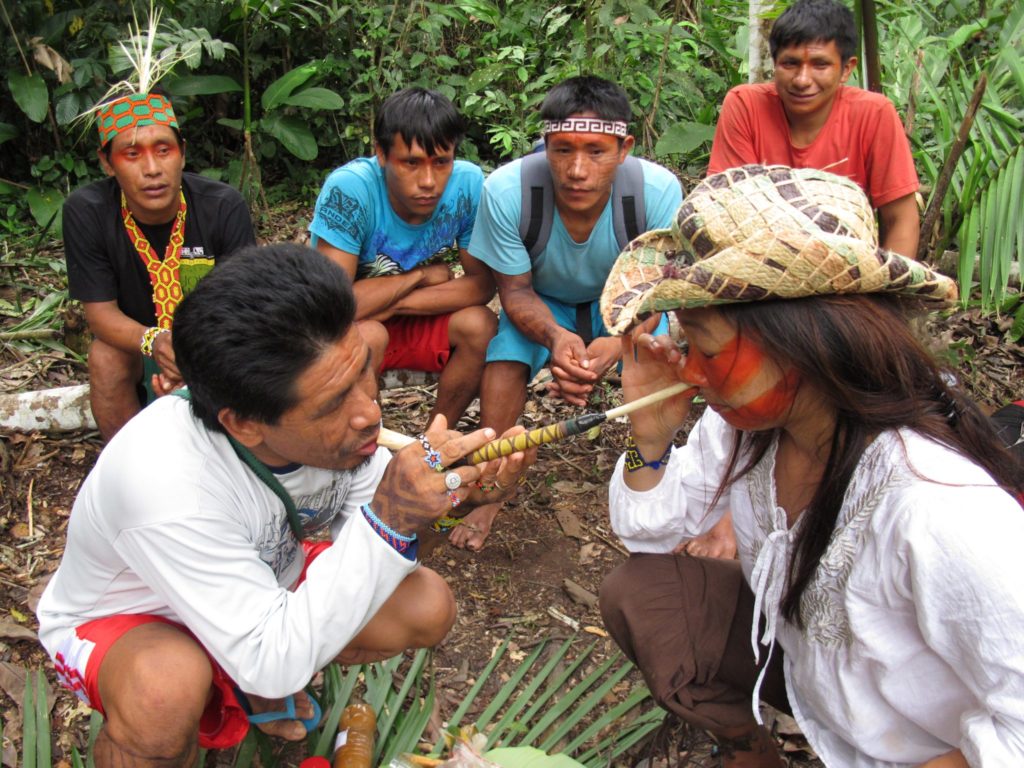Rapeh is sacred snuff which has an ambivalent nature. It’s hidden in the Amazon rainforest. This mysterious substance has therapeutic properties that go beyond its relaxing effects. Rapeh has been used for centuries by tribes in the indigenous culture to cure physical ailments. This sacred snuff has a variety of applications such as reducing inflammation, to aiding in the treatment of respiratory ailments.
However, the benefits of Rapeh do not stop there. Rapeh can also provide a refreshing energy boost that combats fatigue and encourages a sense of wakefulness. Users experience a boost in energy levels and a boost of mental and physical energy. This sets the stage for an adventure into wellness and rejuvenation.

Hapeh (also also referred to as Rapeh) is a snuff made of powder that is composed from a mixture of plant materials, such as tobacco. This preparation is deeply rooted in the religious and cultural practices of the people of indigenous origins in the Amazon. It’s an integral element of their daily life. It’s not only an aid to relax and a source of relaxation, but also the guardianship of their culture and wellbeing.
For many, Hapeh is viewed as an easy relaxer at the close of the day’s activities. The daily lives of Amazonian indigenous communities can be physically and spiritually challenging. Hapeh is a time of relaxation, a gentle breath at the end of working hard. This ritualized restorative moment is not just a way to ease physical tension but also holds a deeper significance in the way of life that is indigenous to.
Although Hapeh can serve as a relaxation aid, its purpose goes far beyond simply unwinding. It has a major part in the protection of indigenous cultures and in the promotion of the well-being of the people of these communities. The practices of preparing and administering Hapeh are deeply rooted in their traditions, serving as a link between the historical and contemporary.
Hapeh is much more than a snuff; it is a cultural treasure handed across generations. The rituals that are associated with Hapeh are sacred and serve as a form of connection with the spiritual realm. The ceremony of the ceremony of administering Hapeh is often carried out with great care and respect and emphasizes the importance of intention and connection to the spiritual realm. For more information, click Whats Hapeh
In the indigenous communities, Hapeh is not merely the means to relax, it’s an emblem of identity and a thread that runs across their lives. Its constant presence in their daily routines is an affirmation of their unwavering dedication to the preservation of their cultural heritage.
Hapeh is also tightly linked to the well-being of those within these communities. It is a holistic way of relaxing and a ritual that creates a close connection with self and the world. The community gathers to partake in this shared experience, which fosters a sense of harmony and well-being for all.
The significance of Hapeh’s name extends far beyond the physical. It’s a symbol to the traditions of the indigenous peoples that have endured. In a rapidly changing world, the preservation of these practices is crucial and Hapeh is a key element in this preservation.
Hapeh which is a nasal snuff, is so much more than. It’s an interlude between the past and the present. It is a guardian of the indigenous tradition. And a promoter for wellbeing. Hapeh’s legacy reminds us how traditions and relaxation can be interwoven in a profound way, and that the significance of the simple act of snuff goes beyond the obvious.
Hapeh performs a variety different roles in the lives and cultures of Amazonian indigenous communities. It’s a great method of relaxation and is also a great safeguard for cultural heritage. Hapeh’s legacy remains constant reminder in an ever-changing environment that tradition, culture and rest can be interspersed. It provides a strong sense of belonging within the communities. Hapeh’s significance Hapeh is a testimony to the strength and wealth of indigenous culture in the Amazon rainforest.